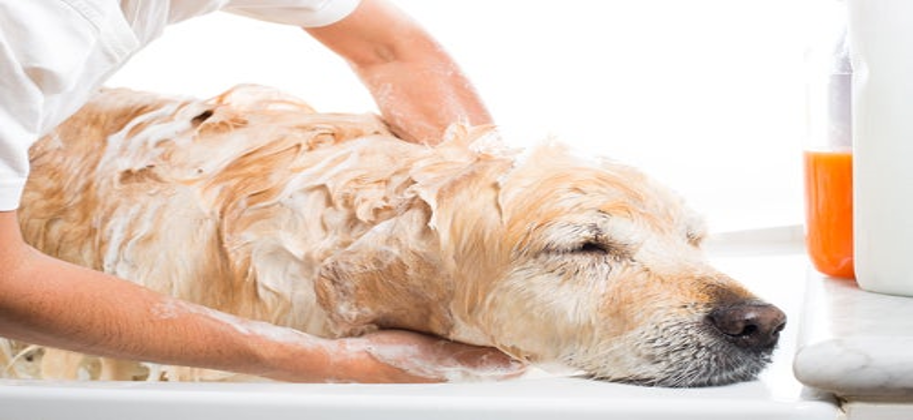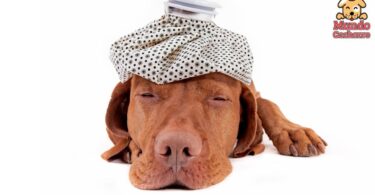Among the priorities of any dog owner is hygiene, essential to ensure that dogs enjoy a happy and healthy life. Grooming a dog is more than just bathing, it is crucial to prevent diseases and ailments that can affect their quality of life.
Indice

Knowing and properly applying the different aspects of dog grooming is essential for both new and experienced owners. From the bathing and brushing routine to nail trimming, ear and eye cleaning, as well as oral and dental hygiene, here we explain everything you need to know about dog grooming.
Canine characteristics
To choose the right grooming methods, tools and routines, you must first get to know the dog. Health condition, breed, coat type, daily activities and diet play a key role. Although all dogs need grooming, grooming should be tailored to the specific needs of each dog.
For example, a short-haired dog does not need daily brushing like a long-haired dog, but should be groomed once a week or every two weeks. These differences are important in selecting grooming products and determining the frequency of bathing or ear cleaning.
Bathing and brushing
.
Bathing and brushing are two aspects of canine grooming that most owners perform. It is important to keep in mind a few points to avoid affecting the dog’s health.
Unlike humans, dogs should not be bathed daily, as this can cause irritation and changes in the pH of their skin. Bathing frequency depends on daily activities and coat type. An active dog with a medium or long coat will need more frequent baths, while a short-haired dog that hardly ever leaves the house may be fine with two baths a month.
Brushing helps remove dead skin and loose hair, being especially necessary for medium-long-haired dogs.
Nail trimming
Although it may be uncomfortable, dogs also need to have their nails trimmed from time to time. Puppies and very active dogs tend to wear down their nails naturally, but others may need monthly trimming to avoid problems with walking or nails becoming embedded in the pads.
Older dogs are usually the most affected, but this can occur at any age. To cut the nails, it is necessary to use a canine nail clipper, never a human one. It is best to go to a veterinarian or an experienced groomer, or, if you prefer to do it yourself, get properly informed about the procedure.
Eye and ear cleaning
Eye care generally requires keeping the area clean and free of lint, which you can achieve by using a soft cotton swab. As for the ears, grooming is more delicate and requires proper tools.
Dogs with floppy ears or hair covering the entrance to the ear need more frequent care and are prone to ear problems, both mild and severe.
Image courtesy of misanimales.com, all rights reserved.







